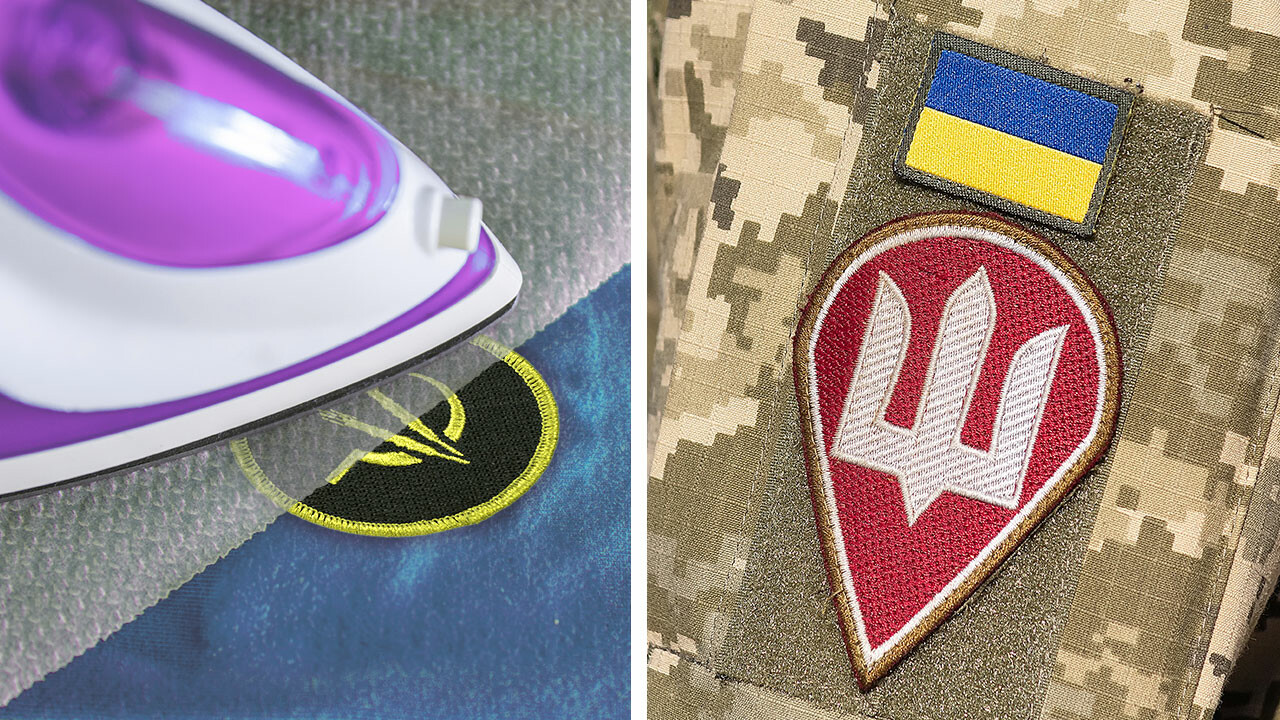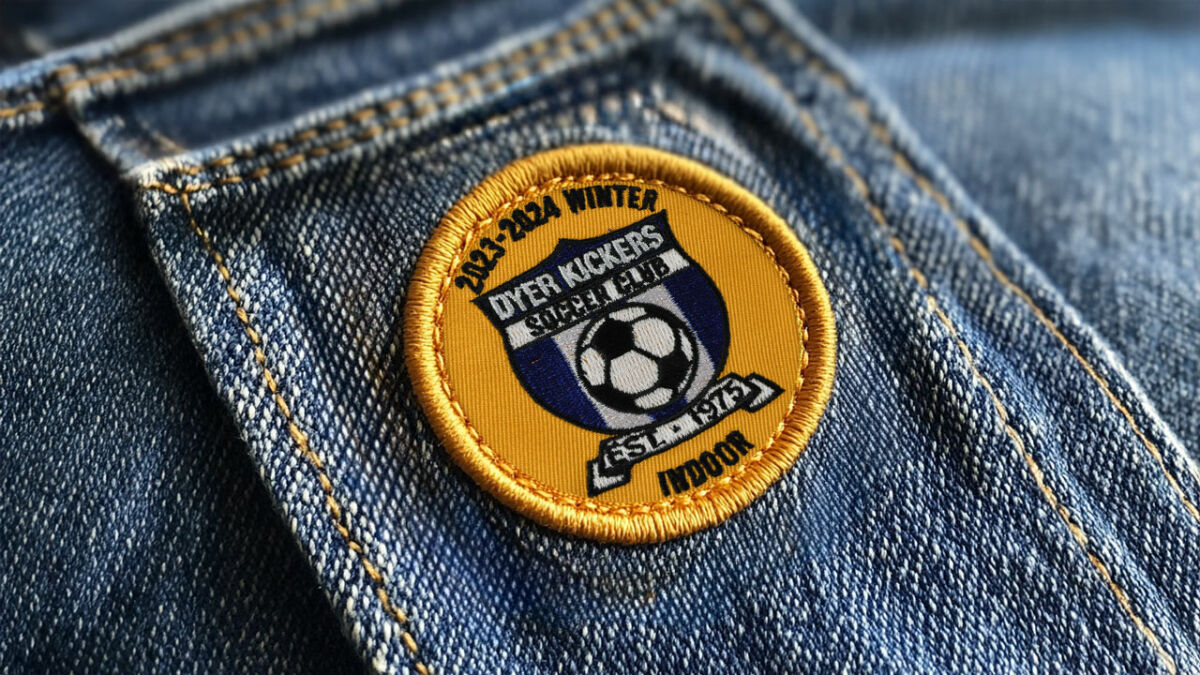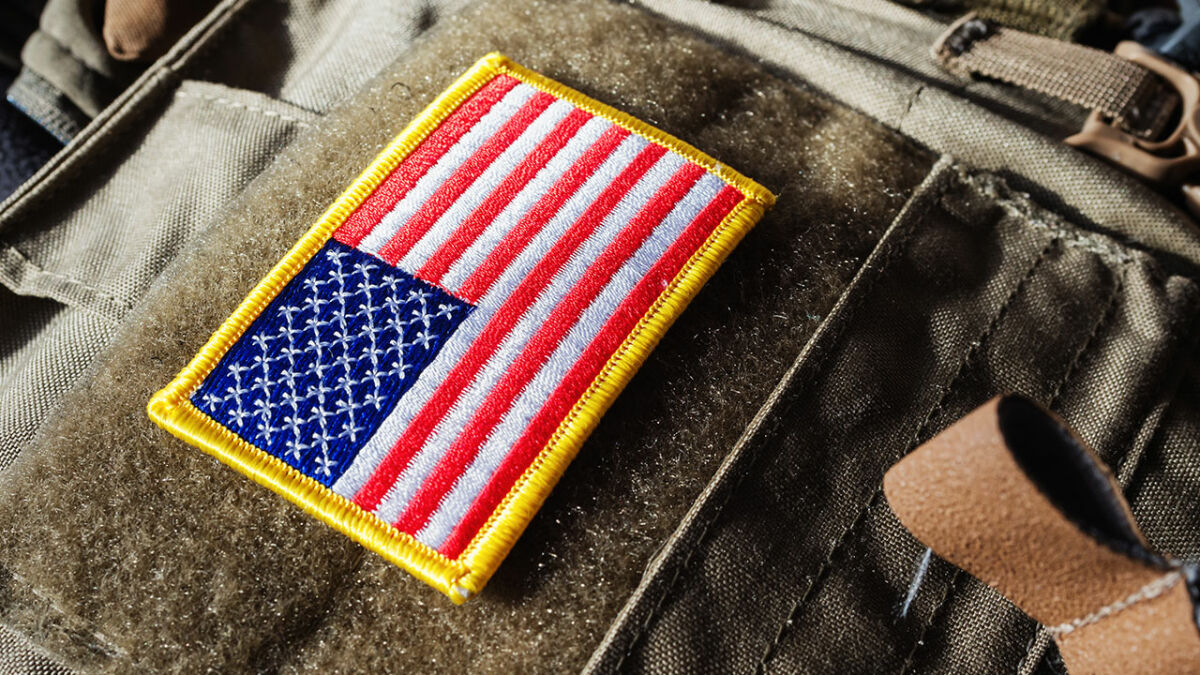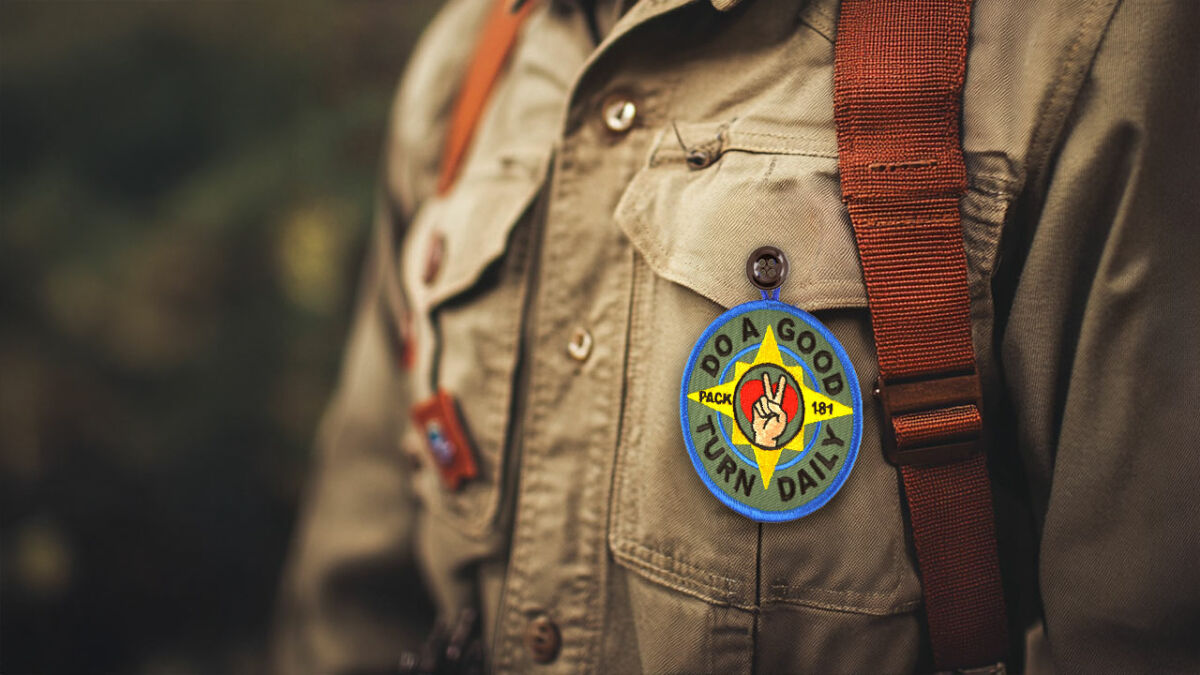
Choose The Right Patch Attachment Option
With multiple ways to attach custom patches, you may be wondering which way is right for your patches. Here's how to decide the right way to attach your patches, based on your specific application.
Custom patches are an outstanding way to promote a cause, spotlight your company name or logo, add a little flair to your wardrobe and much more. Maybe you have a design in mind for your own patches. But how much thought have you given the best way to attach your patch to garments?
Choosing the right way to attach your patches isn’t hard, but it does take a little bit of planning. Different patch attachment options suit different situations. What’s perfect for a 3-day music festival won’t work for an employee name patch.
Let’s look at some of the most common patch attachment methods and see which one might be best for your needs.
Ways to Attach Patches
The most popular ways to attach patches to garments are sew-on, iron-on, Velcro® hook-and-loop fasteners ad stick-on adhesive. Each method has its own pros and cons, depending on your specific needs, the fabric you’re working with and whether you want the attachment to be permanent.
Sew-On Patches

Sewing on a patch has long been the most basic way to attach it to virtually any garment, bag, hat or other item. It’s the least expensive patch attachment option too, since it adds no additional cost to the price of your patch order.
When you order a sew-on patch, you get just that, the patch. Whether it’s embroidered, woven or PVC, the patch has no additional adhesive, Velcro or other means of attachment added to it.
Once sewn into place, these patches are a permanent part of the garment they’re attached to. They’ll likely last the life of the garment itself. That makes them perfect for heavy-use garments
While not difficult, sew-on patches do require some skill to attach, whether you sew them on by hand or with a sewing machine. For more information about how to sew on a patch, see our how to sew on a patch guide here.
Iron-On Patches

Iron-on patches simplify the process of attaching patches to garments. These patches come from the factory with a heat-activated adhesive on the backing. With an iron and a flat surface you can easily set your patches in place, with no sewing required.
There are a couple of factors you need to keep in mind with iron-on patches. Most importantly, they’re not for every material. While they’re fine for heat-tolerant materials such as denim, they can’t be used on leather, silk and other fabrics that won’t withstand the heat.
While iron-on patches are considered permanent, they can loosen with frequent laundering. If you really want a permanent attachment, it’s best to iron on your patch first, then add a stitch or two at the four corners. This gives you the iron-on advantage of easy application with the permanence of sewn-on patches.
For a comprehensive guide to ironing on a patch, see our how-to page.
Velcro® Backing

Velcro® hook-and-loop fasteners give you great flexibility to add or remove patches, or transfer them between garments. This is one of the most effective patch attachment options for military, scouting and police and fire department patches.
Attachment is simple. You just attach one side of the Velcro material to the garment, and the other to the back of the patch. You can instantly swap out patches between garments that also have a backing strip attached.
To ensure that the hook-and-loop strip stays in place on the garment, it’s best to sew or securely glue it onto the garments you want to wear the patch on. As noted above, sewing is the most secure method. Remember, you don’t have to sew on the patch, just a simple fabric strip.
Adhesive Backing

If you want a temporary, short-term way to attach patches, such as at a festival or one-time event, adhesive backing is the simplest possible option. Just peel and stick the patches on wherever you want.
Be aware there’s no long-term durability with adhesive patches. They are really just suited for a quick fix or one-time event.
Button Loops

One more patch attachment option the button loop. It’s relatively uncommon, but it has its uses. As the name implies, a button loop is a simple fabric or plastic loop that is added to the top of a patch. That allows the patch to hang from a shirt or jacket button, or from a lapel pin. They can be instantly removed or transferred to a different garment at any time. These are typically used for small patches only.
What to Consider
If you’re considering which patch attachment options will work best for your patch needs, keep these things in mind:
Patch Type: With embroidered and woven patches, you have a choice of sew-on or iron-on styles. PVC patches cannot be ironed on because the soft, rubberlike plastic material can’t withstand the heat without damage.
Fabric Type: This is a critical point. Not all fabrics can handle the heat required for iron on patches. Check the garment’s material to ensure compatibility before you begin. Sturdy fabrics like denim can handle most options. Others, including leather, silk and stretch fabrics, can’t.
Durability: Think about how often you’ll wear and launder the garment. Sew-on patches offer a permanent attachment. Iron-on patches are better suited for items that won’t be laundered as often, because frequent washing can cause the adhesive to loosen.
Flexibility: If you need or want to switch patches between garments, or need to be able to remove them quickly, Velcro® hook-and-loop fasteners are your best bet.
Your Skill Level: Are you comfortable with sewing on a patch, or using an iron? Depending on your ability, one attachment style might suit you better than another.
Your One-Stop Patch Solution
At Patches4Less.com, we have been creating custom patches for customers all over the world for 20 years. Our experienced staff will be glad to help you choose the patch attachment options that will work best for your specific patch needs.
If you’d like to find out more, we’re here to help. Call us toll free at (866) 847-2824, or email us at [email protected]. If you have a design in mind already, fill out our no-obligation free quote form. We’ll respond with a free digital proof of your design. We make ordering custom patches fast, easy and fun!